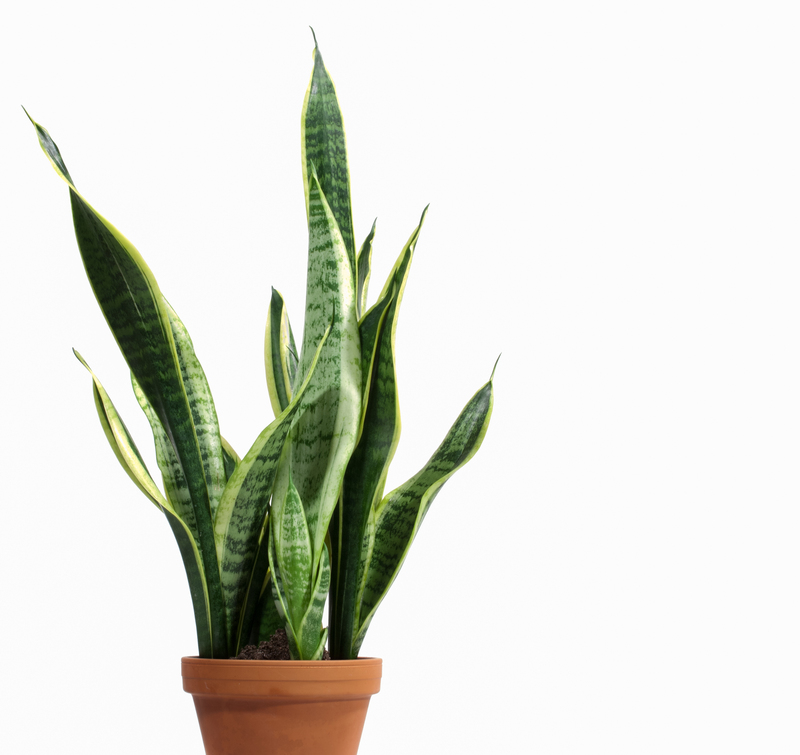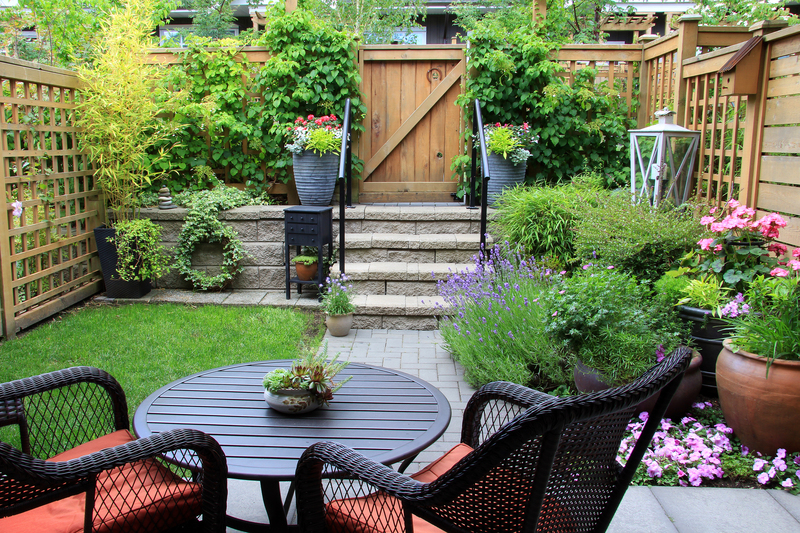Garden Mint: Planting Guidelines
Posted on 28/08/2024
Garden mint is a versatile and aromatic herb that brings a fresh, delightful scent to your garden. It's also an essential ingredient in many culinary dishes and beverages. Whether you're a seasoned gardener or a beginner, growing mint can be an enjoyable and rewarding endeavor. This guide will provide you comprehensive planting guidelines, insightful tips, and a balanced look at the pros and cons of adding mint to your garden.
1. Choosing the Right Mint Variety
There are multiple varieties of mint, each with its unique flavor and characteristics. Popular choices include spearmint, peppermint, chocolate mint, and apple mint. Select a variety that best suits your personal preferences and culinary needs.

2. Selecting the Ideal Location
Mint thrives in a location that receives full to partial sunlight. It's best to plant mint in a spot with well-draining soil to prevent root rot. This herb can be quite invasive, so consider planting it in a container or a confined garden bed to keep its growth under control.
3. Soil Preparation
Mint prefers slightly acidic to neutral soil with a pH of 6.0 to 7.0. Enhance the soil with organic matter such as compost or well-rotted manure to improve fertility and drainage. If you're planting in a container, use a quality potting mix that retains moisture yet allows excess water to drain.
4. Planting Mint
Mint can be planted from seeds, cuttings, or transplants. Here's how to plant mint successfully:
- Seeds: Sow seeds directly in the garden or start them indoors 8-10 weeks before the last frost. Lightly cover with soil and keep moist until germination.
- Cuttings: Take a 4-6 inch cutting from an existing plant. Remove the lower leaves and place the cutting in water until roots develop, then transplant to soil.
- Transplants: Purchase young mint plants from a nursery and plant them directly into the garden or container, ensuring the roots are well-covered.
5. Watering and Maintenance
Mint requires consistent moisture, especially during dry spells, but be cautious not to overwater. Mulching around the base of the plants helps retain moisture and suppress weeds. Regularly trim the mint to encourage bushy growth and prevent it from overtaking other plants.
6. Pest and Disease Management
No plant is entirely resistant to pests and diseases, and mint is no exception. Common issues include aphids, spider mites, and rust. Use organic insecticidal soap or introduce beneficial insects to manage pests. Ensure good air circulation to prevent fungal diseases.
7. Harvesting and Storing Mint
Harvest mint leaves as needed throughout the growing season. The best time to harvest is in the morning after the dew has dried. Store fresh mint in a glass of water or the refrigerator. To preserve mint, you can dry the leaves or freeze them in ice cube trays filled with water.
Pros and Cons of Growing Garden Mint
Like any plant, garden mint has its advantages and drawbacks:
- Pros: Easy to grow, versatile in culinary use, aromatic, beneficial as a companion plant, helps repel certain pests.
- Cons: Can be invasive, may attract pests, requires regular maintenance.
Tips for Successful Mint Cultivation
- Plant mint in contained areas to prevent it from spreading uncontrollably.
- Regularly prune to maintain shape and encourage new growth.
- Keep soil evenly moist but not waterlogged.
- Rotate planting areas to prevent soil-borne diseases.

Takeaways
- Choose the appropriate mint variety for your needs.
- Plant in a location with adequate sunlight and well-draining soil.
- Regular care and maintenance are crucial to keep the plant healthy and to prevent invasive growth.
- Manage pests and diseases promptly to protect your mint plants.
Conclusion
Garden mint is a rewarding herb to grow, offering both culinary and aromatic benefits. By carefully selecting the variety, preparing the soil, and following proper planting and maintenance guidelines, you can enjoy a bountiful harvest of fresh mint. While it has a tendency to be invasive, with proper care and containment, mint can be a delightful addition to your garden.












